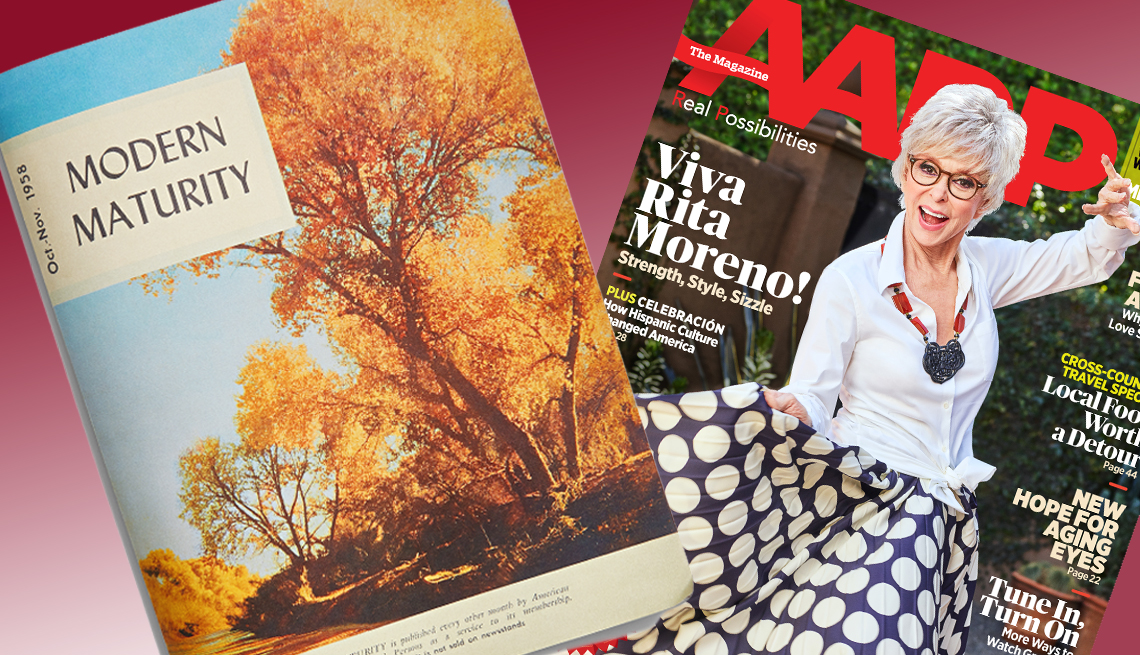AARP Hearing Center
During the summer of 1958 at her home in Ojai, California, AARP Founder Dr. Ethel Percy Andrus began roughing out plans for a magazine that would serve the social and cultural needs of AARP members. It would provide a new image of aging, exploring common challenges and sharing stories of men and women who continued to strive, grow and enjoy life as they matured.
Leonard Davis, a business advisor to Dr. Andrus, and his family were vacationing in Anaheim at Disneyland that summer when Dr. Andrus called from Ojai, a two-hour drive to the north.
“I’d like to come down and show you something,” she said to him.
The “something” was a mock-up of the first issue of Modern Maturity. The new magazine was so crucial to the successful launch of AARP that Davis cut short his Disneyland trip and drove up to Grey Gables to spend a few days perfecting the mock-up with Andrus, her sister Maud and Ruth Lana, another early AARP pioneer.
The first issue of the new bimonthly was dated October-November 1958. It would have been the September-October issue except that Dr. Andrus thought the pastel pinks and blues on the proposed cover wouldn’t appeal to prospective male members. Eventually, she selected a photo of trees in full autumn color, appealing to both women and men. The magazine needed to make a good first impression, she knew. It had to captivate readers with compelling articles and high-quality design, starting with the cover. “As you read this first issue of Modern Maturity, we hope you will find many interesting features which will relax or stimulate you according to your moods,” she told her readers.
And Dr. Andrus concluded by disrupting stereotypical views of getting older: “Aging is not just a problem; it represents a real and thrilling challenge. It is one thing to recognize that older people represent the nation’s greatest single human resource available and it is quite another to do something about it.”


































































